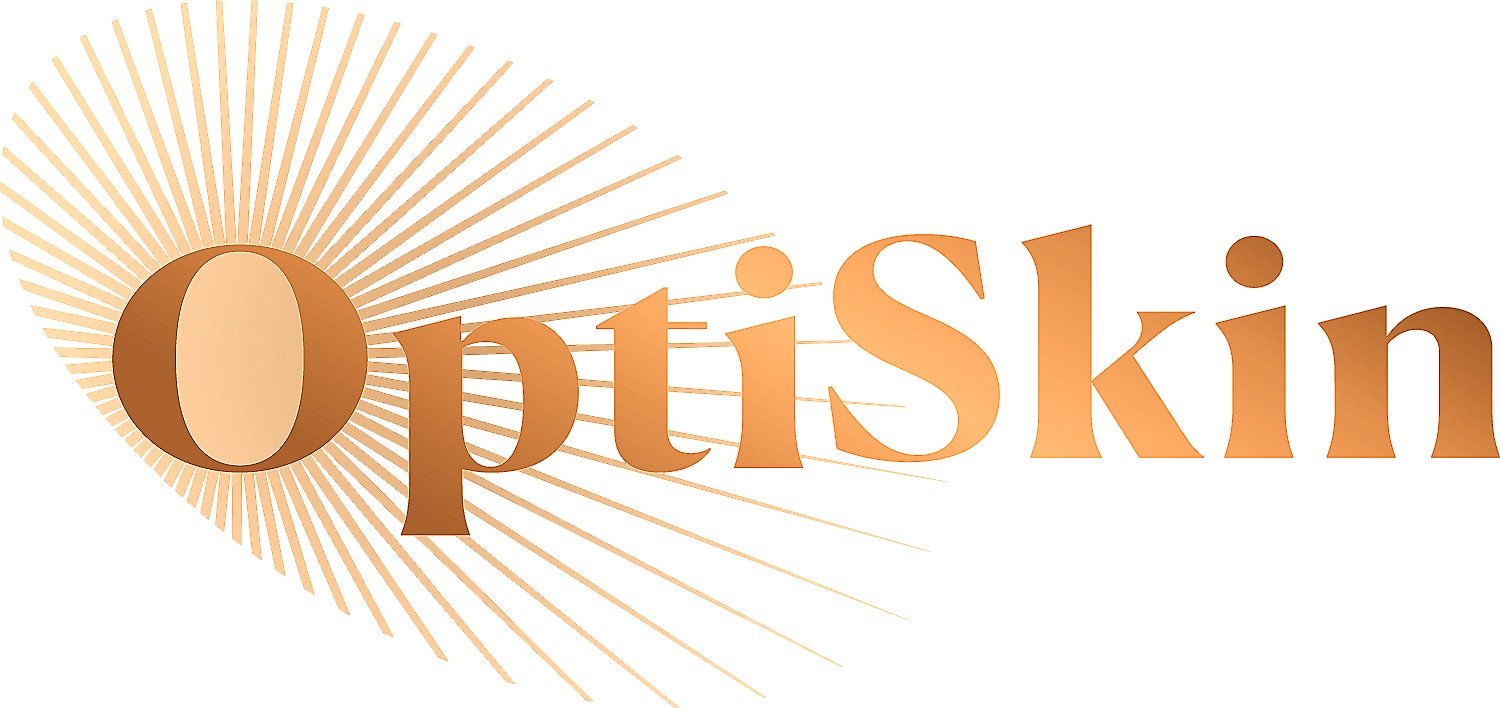Photo Damage Rejuvenation
The BLU-U light photo activates the topical medicine used in photodynamic therapy.
Photo Credit: DUSA Pharmaceuticals, Inc. (Wilmington, MA)
What is Photo Damage Rejuvenation?
At OptiSkin, we perform a noninvasive procedure called photodynamic therapy (PDT) to rejuvenate photo- (a.k.a. sun-) damaged skin. PDT is also FDA-approved to treat precancerous lesions known as actinic keratoses. “Photodynamic therapy can be used to help prevent skin cancer, rejuvenate aging skin and reduce age-accelerating inflammation,” says Dr. Markowitz.
What to Expect During PDT
• The skin is first prepped with acetone or alcohol to remove any oil and create a more vigorous reaction during the treatment.
• A light-sensitizing solution, such as aminolevulinic acid, is applied to the skin and allowed to penetrate for about an hour (sometimes longer in more severe cases). “The medicine is absorbed fastest by the precancerous cells so the blue light can easily and quickly locate and target them during the photodynamic treatment,” explains Dr. Markowitz.
• The solution is removed, and the patient is exposed to blue light for about fifteen minutes. During that time, the blue light targets and destroys the precancerous cells. Some patients report feeling a slight tingling or warm sensation that ceases as soon as the blue light is turned off. To reduce discomfort during the treatment, a fan can be used to cool the skin.
• After photodynamic therapy, patients may have redness usually for a few days but it can last longer and should avoid UV exposure.
Who is the Best Candidate?
“Anyone who has had skin cancer or extensive sun damage is a good candidate,” says Dr. Markowitz. “I’ve spent a decade researching field cancerization and know that once a cancerous spot has been found on the skin, there is likely more brewing beneath the surface, even if you can’t yet see it. Photodynamic therapy gets rid of those problematic cells before they ever become cancer. So, while I would still say sunscreen is the number one way to prevent skin cancer, photodynamic therapy is an important preventative strategy too,” she explains.
What Areas Are Commonly Treated?
The head (especially the nose), the neck, chest, hands, forearms, hairline, legs and feet are frequently-targeted spots.
How Often Do You Need It?
“It depends on the amount of sun damage you have,” says Dr. Markowitz. “For some, just one round of photodynamic therapy, followed by diligent SPF use, is enough. Others should come in annually. And for those with extensive sun damage and a number of skin cancer spots, I may recommend getting treated twice a year,” says Dr. Markowitz.
How to Prepare for Your Visit
• Come to the office with clean skin. Please do not wear any makeup or skincare products the day of your visit.
• Bring something to read! You will need to sit tight for at least an hour while the light-sensitizing solution penetrates.
• Bring a hat/sun protective clothing. Your skin will be sun-sensitive for 48 hours post-treatment so you should strictly avoid UV exposure.
• Don't plan an important in-person presentation (or go on national television!) in the days right after your visit, as you may be very red. Results range from a very bad sunburn to flakiness and mild-to-moderate blisters. Ideally, plan to spend a few days at home, stock up on some reading material, enjoy a good movie, and stick with indoor activities.

